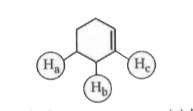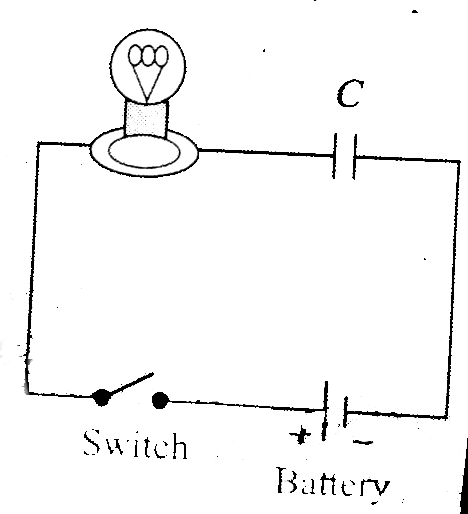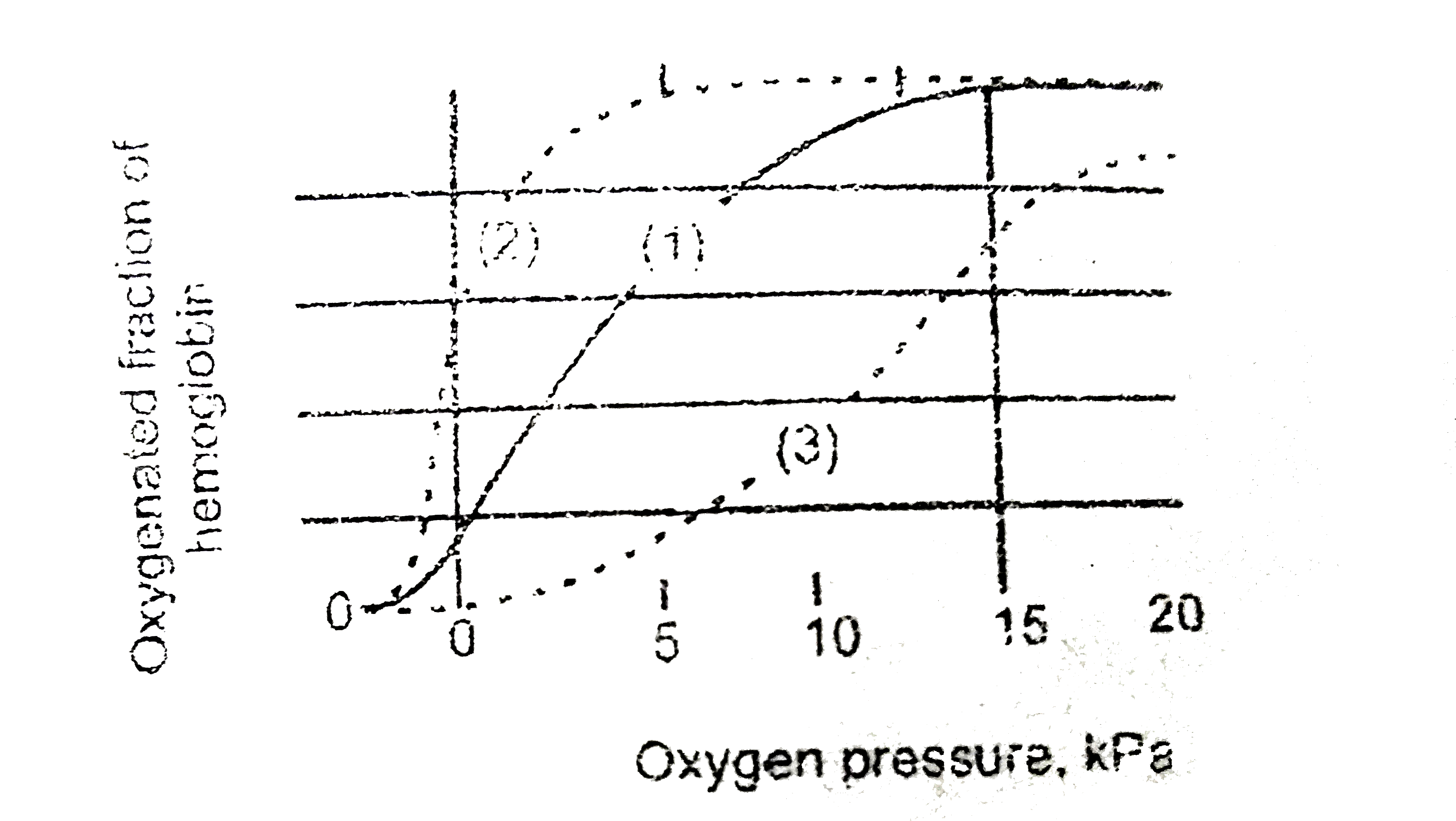Which of the following are correct differences between foetal haemoglobin (Hb-F) and adult haemoglobin (Hb-A) ?
(a) Hb-F has higher affinity for oxygen as compared to Hb-A
(b) The curve of Hb-F occurs towards the left of Hb-A
(c) Hb-F binds with BPG more strongly as compared to Hb-A
(d) P50 valve of Hb-F is less than P50 valve Hb-A
a,b,c,d
a,b,d
a,b,c
b,c,d
The correct Answer is:C
To determine the correct differences between fetal hemoglobin (Hb-F) and adult hemoglobin (Hb-A), let's analyze each option provided in the question step by step.
1. Understanding Hb-F and Hb-A:
- Fetal hemoglobin (Hb-F) is the type of hemoglobin found in the fetus, while adult hemoglobin (Hb-A) is the type found in adults. They have different properties, especially regarding their affinity for oxygen and their interaction with 2,3-BPG (2,3-bisphosphoglycerate).
2. Analyzing Option (a):
- Statement: Hb-F has higher affinity for oxygen as compared to Hb-A.
- Explanation: This statement is true. Hb-F indeed has a higher affinity for oxygen than Hb-A, which allows the fetus to extract oxygen from maternal blood effectively.
3. Analyzing Option (b):
- Statement: The curve of Hb-F occurs towards the left of Hb-A.
- Explanation: This statement is also true. The oxygen saturation curve for Hb-F is shifted to the left compared to that of Hb-A, indicating a higher affinity for oxygen.
4. Analyzing Option (c):
- Statement: Hb-F binds with BPG more strongly as compared to Hb-A.
- Explanation: This statement is false. Hb-F binds to 2,3-BPG less tightly than Hb-A. This lower binding affinity contributes to its higher oxygen affinity.
5. Analyzing Option (d):
- Statement: P50 value of Hb-F is less than P50 value of Hb-A.
- Explanation: This statement is true. The P50 value for Hb-F (approximately 19 mm Hg) is indeed less than that for Hb-A (approximately 27 mm Hg), indicating that Hb-F requires a lower partial pressure of oxygen to achieve 50% saturation.
Conclusion:
Based on the analysis:
- Correct Statements: (a), (b), and (d).
- Incorrect Statement: (c).
Thus, the correct differences between fetal hemoglobin and adult hemoglobin are options (a), (b), and (d).
Final Answer:
The correct differences are (a), (b), and (d).
---
- Fetal hemoglobin (Hb-F) is the type of hemoglobin found in the fetus, while adult hemoglobin (Hb-A) is the type found in adults. They have different properties, especially regarding their affinity for oxygen and their interaction with 2,3-BPG (2,3-bisphosphoglycerate).
- Statement: Hb-F has higher affinity for oxygen as compared to Hb-A.
- Explanation: This statement is true. Hb-F indeed has a higher affinity for oxygen than Hb-A, which allows the fetus to extract oxygen from maternal blood effectively.
- Statement: The curve of Hb-F occurs towards the left of Hb-A.
- Explanation: This statement is also true. The oxygen saturation curve for Hb-F is shifted to the left compared to that of Hb-A, indicating a higher affinity for oxygen.
- Statement: Hb-F binds with BPG more strongly as compared to Hb-A.
- Explanation: This statement is false. Hb-F binds to 2,3-BPG less tightly than Hb-A. This lower binding affinity contributes to its higher oxygen affinity.
- Statement: P50 value of Hb-F is less than P50 value of Hb-A.
- Explanation: This statement is true. The P50 value for Hb-F (approximately 19 mm Hg) is indeed less than that for Hb-A (approximately 27 mm Hg), indicating that Hb-F requires a lower partial pressure of oxygen to achieve 50% saturation.
Based on the analysis:
- Correct Statements: (a), (b), and (d).
- Incorrect Statement: (c).
The correct differences are (a), (b), and (d).
Topper's Solved these Questions
- BREATHING AND EXCHANGE OF GASES BOOK - CENGAGE BIOLOGY ENGLISHCHAPTER - BREATHING AND EXCHANGE OF GASES EXERCISE - Archives
15 Videos
- BIOMOLECULESBOOK - CENGAGE BIOLOGY ENGLISHCHAPTER - BIOMOLECULESEXERCISE - ARCHIVES
26 Videos
- CELL CYCLE AND CELL DIVISIONBOOK - CENGAGE BIOLOGY ENGLISHCHAPTER - CELL CYCLE AND CELL DIVISIONEXERCISE - ARCHIVES (Chose the corrct option):
21 Videos
Similar Questions
Knowledge Check
Rank the hydrogen atoms (Ha,Hb,Hc) in the following molecules according to their acidic strengths
 Aa>b>cBb>a>cCb>c>aDa>c>b
Aa>b>cBb>a>cCb>c>aDa>c>b
The affinity of CO with Hb is more than oxygen by
View SolutionWhich of the following statement is true ?
(a)CO form stable compound with Hb and impede transport of O2
(b) SO2 is a water soluble compound and does not impede
transport of O2
(c ) Amount of Cl– is same in both pulmonary veins and coronary artery.
View SolutionWhen is the higher rate of energy being delivered to a light bulb higher : just after it is turned on, the glow of the filament is increasing, or after it has been on for a few seconds and the glow is steady ?

View SolutionWhich of the following are incorrect statements?
(a)Crossing over during fusion of gametes result in formation of new combination of characters.
(b)Natural selection can lead to change in allelic frequencies.
(c) According to Lamarck, use and disuse of organs is major driving force behind evolution of life forms.
(d)increase in number of heterozygotes[HbA/Hbs]over homozygotes[HbA/HbA or Hbs/Hbs] in malaria prone area is an example of directional selection.
View SolutionThe force of interaction between the molecules of same substance is called cohesive force hile force of interaction between molecules of different substances is called adhesive force . Both the forces are attracive and have a range of about 10 A . If we consider a molecule . A well inside a liquid we find that it is equally attracted by the surrounding molecules in all the directions ( with a sphere of radius 10 Å ) and so it does not experience any resultant force . On or near the surface of a liquid , the molecules do not exist on the free side and so a molecule ( say B ) experiences a resultant force vertically downwards into the liquid . For this reason , the molecules of the surface have a tendency to go into the liquid . Thus , the surface tends to contract and gives rise to surface tension .
As surface molecules like B experience a net downward force of cohension and have tendency to go down , so in increasing the area of the surface more molecules are to be shifted to the surface from inside . Thus , more mechnical work will have to be done against the net downward force of cohension . This work is stored by the molecules in the surfaces as potential energy called free surface energy .
Furthermore , molcules like P , in contact with the liquid will stick to the solid surface , i.e will meet it if the force of adhesion A is greater than net force of cohension C . The liquid will not the solid surface if C>A
Also , molecules like Q at the surface in contact with the solid will experience a net force of cohension CR . If adhesion A is greater then cohension CR , the resultant force will be F . As the liquid can't support tangential force , F must be perpendicular to the surface of the liquid . So , the menisus will be concave and the angle of contact will be acute (>90∘) . However , if adhesion is lesser than cohension , the resultant force F will be directed into the liquid and so the menisus ( which is perpendicular to F as liquid support tangential force ) will be convex and the angle of contact will be obtuse (>90∘)

A liquid particle B , which is present in the vicinity particle A can exert a force on A if the distance of B from A is
View SolutionThe force of interaction between the molecules of same substance is called cohesive force hile force of interaction between molecules of different substances is called adhesive force . Both the forces are attracive and have a range of about 10 A . If we consider a molecule . A well inside a liquid we find that it is equally attracted by the surrounding molecules in all the dirctions ( with a sphere of radius 10 Å ) and so it does not experience any resultant force . On or near the surface of a liquid , the molecules do not exist on the free side and so a molecule ( say B ) experiences a resultant force vertically downwards into the liquid . For this reason , the molecules of the surface have a tendency to go into the liquid . Thus , the surface tends to contract and gives rise to surface tension .
As surface molecules like B experience a net downward force of cohension and have tendency to go down , so in increasing the area of the surface more molecules are to be shifted to the surface from inside . Thus , more mechnical work will have to be done against the net downward force of cohension . This work is stored by the molecules in the surfaces as potential energy called free surface energy .
Furthermore , molcules like P , in contact with the liquid will stick to the solid surface , i.e will meet it if the force of adhesion A is greater than net force of cohension C . The liquid will not the solid surface if C>A
Also , molecules like Q at the surface in contact with the solid will experience a net force of cohension CR . If adhesion A is greater then cohension CR , the resultant force will be F . As the liquid can't support tangential force , F must be perpendicular to the surface of the liquid . So , the menisus will be concave and the angle of contact will be acute (>90∘) . However , if adhesion is lesser than cohension , the resultant force F will be directed into the liquid and so the menisus ( which is perpendicular to F as liquid support tangential force ) will be convex and the angle of contact will be obtuse (>90∘)

The free suface energy , stored in the surface is because of work done
View SolutionOxygen is of vital importance for all of us . Oxygen enters the body via the lungs and is transported to the tissues in our body by blood . There it can deliver energy by the oxidation of sugars.
C6H12O6+6O2→6CO2+6H2O
This reaction releases 400 KJ of energy per mole of oxygen O2 uptake by blood is at four heme (Hm) group in this protein hemoglobin (Hb).
Free Hm consists of an Fe2+ giving HmO2 complex. Carbon monoxides can be complexed similarily giving a Hm CO complex . CO is poison as it bonds more strongly to Hm than O2 does. The equilibrium constant Kf for the reaction:
Hm+CO⇔HCO ........(i)
is 1000 times larger than the equilibrium constant K2 for the reaction:
Hm+CO2⇔HmO2 ........(ii)
Each Hb molecules can take up four molecules of O2 absorbs a fraction of this amount, depending on the oxygen pressure , as shown in figure1 (curve 1) . Also shown are the curve (2) and (3) for blood with two kinds of dificient Hb . These occur in patients with certain hereditary diseases.

Relevant data , O2 pressure in lungs is 15 KPa , in the muscles it is 2KPa . The maximum flow of blood through heart and lungs is 4×10−4m−3s−1 . The red cells in blood occupy 40% of the volume, inside the cells the concentration of Hb has a molar mass of 64 kg mol−1 R=8.314 Jmol−1K−1 , T=298k . Using the relation between K and the standard Gibbs energy ΔG∘ for a reaction, calculated the difference between the ΔG∘ values for the home reactions (i) and (ii).
View Solution
